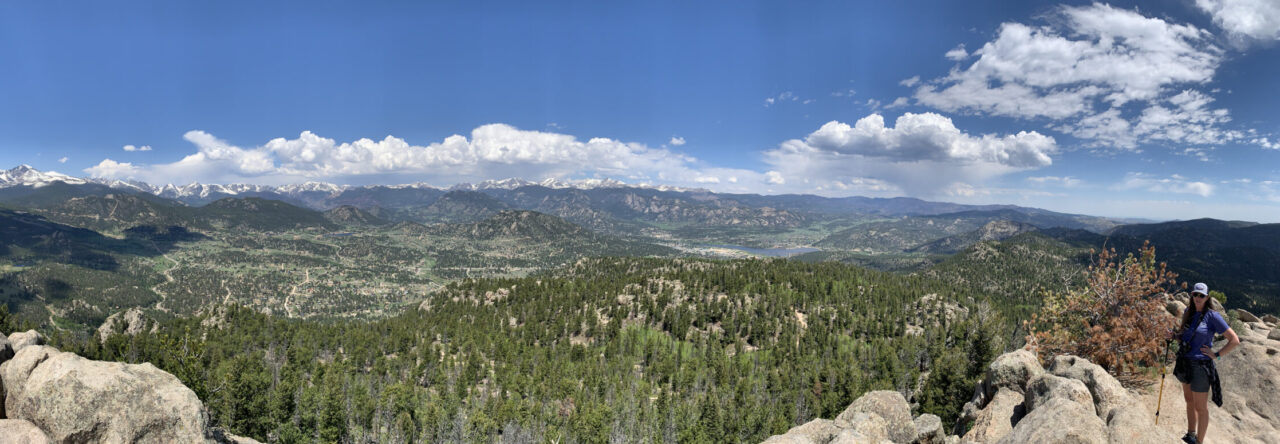How I wish you could see Walnut Hills … the road to it is as picturesque as you can imagine a toad to be … Much of the wooding is beech of a noble growth. The straight, beautiful shafts of these trees as one looks up the cool green recesses of the woods seems as though they might form very proper columns for a Dyrad temple.
This quote is one of many on display the Harriet Beecher Stowe house in Cincinnati, Ohio.
Borin in 1811 in Litchfield, Connecticut, Harriet came to Cincinnati in 1832 when her father, Lyman Beecher, was asked to lead the Lane Theological Seminary. Harriet married Calvin E. Stowe in 1836 and gave birth to six of her seven children while living in Cincinnati.
Although she was living back East when Harriet wrote Uncle Tom’s Cabin, she drew on her experiences in Cincinnati, so near the border that marked the difference between slavery and freedom, while writing the book.
I’m embarrassed because I’ve been living in Cincinnati all my life and only just visiting this home … only just learned where this home was! Wonder Boy was riding his bike one day and rode past it, pretty stunned. We started planning a trip soon afterwards.
In fact, touring the Harriet Beecher Stowe house is sort of an odd affair. Harriet lived in Cincinnati for about 20 years but a lot of that time was spent in another home with her husband. The Harriet Beecher Stowe house is really a home that was built for her father Lyman Beecher, and his family. I like visiting old homes, though, because they hold little pieces of history. In this house, there are beautiful old pieces of furniture that match the period when the Beechers would have lived there, including a stunning old quilt.
I’ve always assumed that Cincinnati, being the gateway to freedom for many runaway slaves, would have been a hotspot of liberal perspectives on race relations. In fact, I learned during our tour, Lyman Beecher believed in colonization, which is the idea that slaves should be freed and then sent somewhere else. In 1834, the Lane Theological Seminary hosted a series of debates now known as the Lane Debates. Students led by Theodore Dwight Weld argued against colonization and for the abolition of slavery. The debates helped many people view slavery as a sin and see that the colonization notion of sending blacks back to Africa was wrong. (Oberlin College has a great collection of resources if you’d like to learn more about these debates.)
















